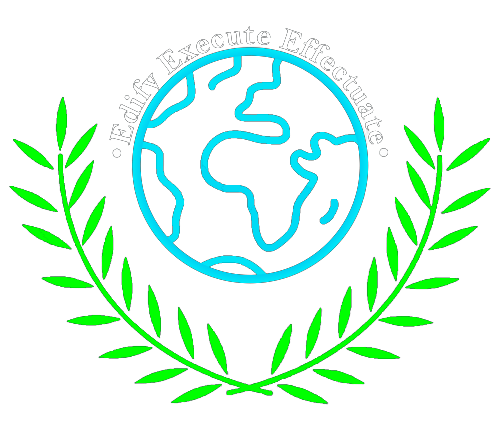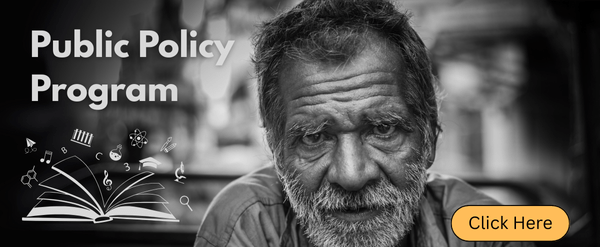Reducing Remittance Cost through UPI: Evidence from India’s Global Collaborations
Author: Urvi Wadhwa ABSTRACT This paper investigates whether India’s Unified Payments Interface (UPI) can serve as a scalable model for reducing transaction costs and enhancing financial integration in cross-border payments. UPI has revolutionised India’s domestic payment ecosystem by reducing costs, improving efficiency, and fostering financial inclusion. Building on this success, India has pursued cross-border collaborations with Singapore, the UAE, Bhutan, and Nepal. Using a case study and comparative analysis methodology, this paper reviews secondary data from the RBI, NPCI, BIS, IMF, and World Bank to assess the role of UPI in cross-border integration. The findings suggest that while UPI reduces costs and improves access, challenges such as interoperability, foreign exchange management, and regulatory harmonisation remain. The study applies Transaction Cost Economics and Network Effects theory to frame UPI’s scalability and evaluates policy implications for the G20’s cross-border payment agenda. The paper concludes that UPI offers a promising framework, though its global adoption depends on sustained policy coordination and technical interoperability.

